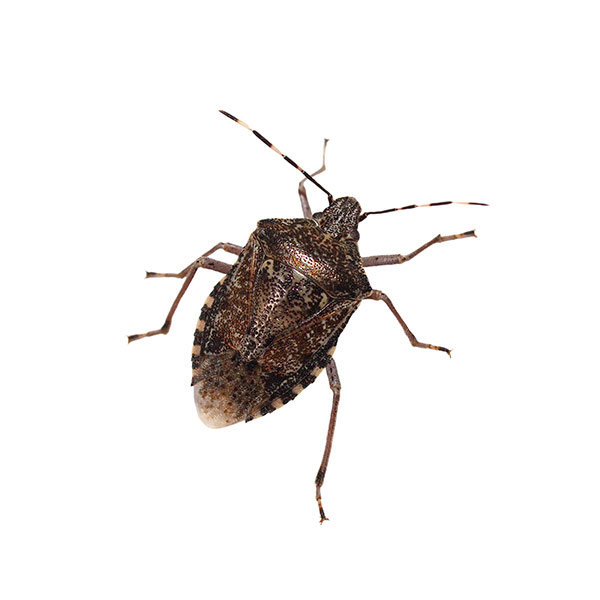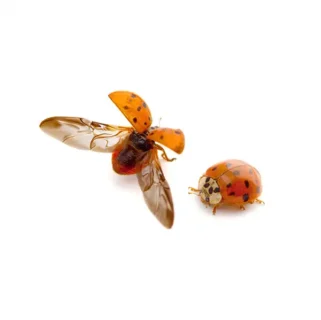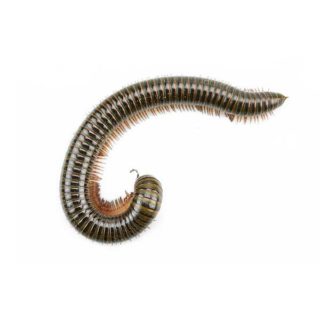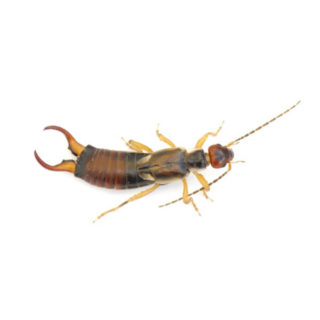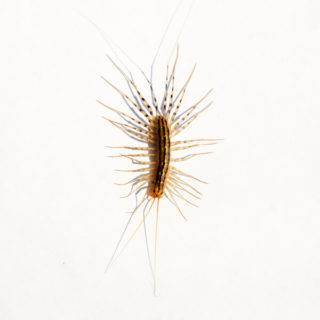Stink Bugs in Cleveland
Stink bugs are commonly found throughout the United States and have earned their name due to the putrid odor produced by their abdomen glands. The assumption is that this odor is used to defend against predators but is one of their defining traits. They are large and oval-shaped insects that are primarily crop pests. Their activity on plants can cause significant damage to fruit trees and their fruit. When fall arrives, they may enter homes in search of a place to overwinter and can commonly be found on the south side of structures on warm fall days.
Stink Bug Habitat
If a stink bug avoids entering a home for the winter, it will usually spend the colder months in cracks or under the peeling bark of old or dead trees. When outdoors, they are often seen outside buildings or in vegetation and leaf litter. When stink bugs enter a home, they will congregate near windows, doors, and other points of entry. They will search for narrow places to hide and will migrate to high and cool areas. Stink bugs are commonly found near window and door trim areas, around exhaust fans or ceiling lights, and under or behind baseboards. Once spring returns, stink bugs will depart from the home and move back to a host plant.
Stink Bug Behaviors, Threats, or Dangers
Stink bugs are not harmful to people, pets, or homes. They are not dangerous as they do not sting or bite, but they are noisy and known for their foul smell. They have been documented entering homes in large numbers, which can cause some alarm to homeowners. Fortunately, they do not reproduce in the home and they do not damage contents inside of structures. Their pungent odor when crushed or disturbed may cause staining on surfaces.
If you have a stink bug problem in your Cleveland property, contact your local exterminators for help.
Need help with Stink Bug control?
Need Pest Control Service?
Leave your information below and we’ll be in touch with a FREE quote!
"*" indicates required fields
*During normal business hours. After hours calls will be returned the next business day.

